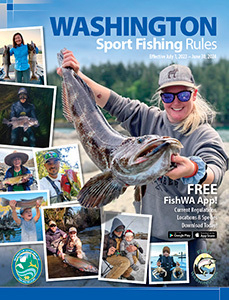Freshwater Fish Identification
Rock Bass
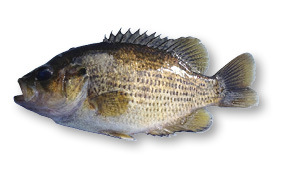
Large mouths and reddish eyes. Has five (or more) spines in its anal fin
Bluegill
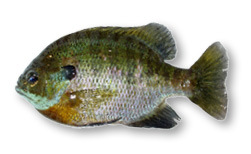
The bluegill is olive green to bluish with a blue and orange lower body. It has vertical bars on each side and solid black gill opercular lobes.
Yellow Perch
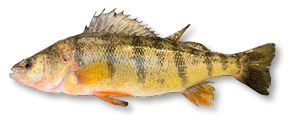
This perch has a greenish to yellow body, a white belly, and vertical dark crossbars on each side. There are no prominent teeth.
Walleye

Coloration is black to brown on a whitish background. The lower portion of the tail fin is also whitish. It has a dark spot on the first dorsal fin, but no strong cross bars on the sides. The teeth are elongated.
Tiger Muskie
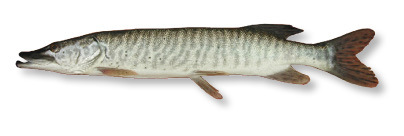
Long, cylindrical-shaped body with the lobe-shaped dorsal and ventral fins far back on the body near the tail. Their head is somewhat compressed and they have a prominent duckbill-shaped snout. Tiger muskies have dark spots (juvenile) or vertical stripes/bars on a light background.
Green Sunfish
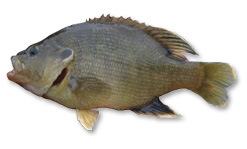
Large mouths and only 3 spines on the anal fin. There are no teeth near the tip of the tongue. It has a dark spot at the base of the last three soft dorsal rays.
Black Crappie
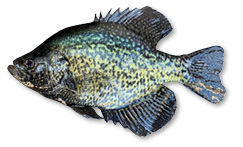
Large rounded dorsal and anal fins. Deep, but narrow bodies, giving a compressed “pancake” appearance.
Grass Carp
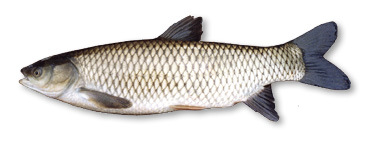
Silvery to olive coloration. Large scales without scales on the head.
Rainbow Trout

Body color is variable and may be silvery in lakes and reservoirs. Numerous closely grouped spots on dorsal fin and tail. The maxillary (upper jaw bone) does not usually extend beyond the back of the eye.
Westslope Cutthroat Trout

Body color is variable. Numerous closely grouped spots towards the dorsal fin and tail. The maxillary (upper jaw bone) usually extends beyond the back of the eye. Red or orange slash on the underside of the jaw.
Eastern Brook Trout
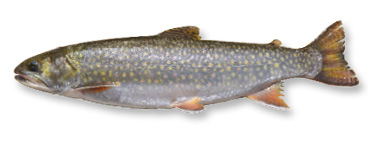
Dark green or blue with white belly which may become a vibrant orange as the fish nears spawning. Its upper body and dorsal fin have wormlike markings. Its sides have yellow and pink spots with blue rings. The lower fins are white-tipped and the tail is square.
Coastal Cutthroat Trout
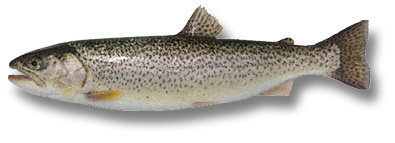
Body color is variable. Numerous closely grouped spots on dorsal fin and tail. The maxillary (upper jaw bone) usually extends beyond the back of the eye. May have a red or orange slash on the underside of the jaw.
Catch-and-release ONLY in all marine waters.
Brown Trout
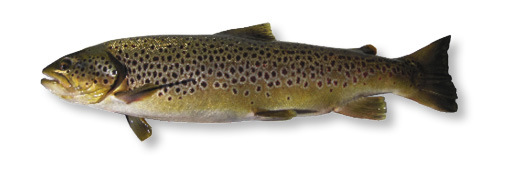
This trout's back is brown or olive with large spots. Sides are light brown to yellowish with large dark spots surrounded by halos of blue-gray. The tail has few spots.
Largemouth Bass
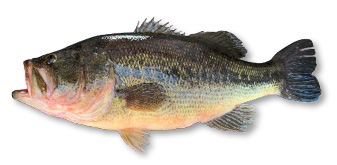
This bass is dark green on the back and sides, with a dark, horizontal band along its sides. The belly is white. The large jaw, when closed, extends behind the eye.
Bullhead
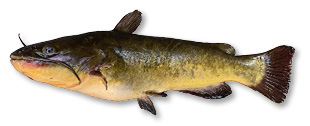
The body is darkish-black to brown. Its head is not as flat as a channel catfish. The cat-like barbels on its mouth are brown or yellow. The skin has no scales. There are no spots on the side, and the tail is not forked.
Bull Trout
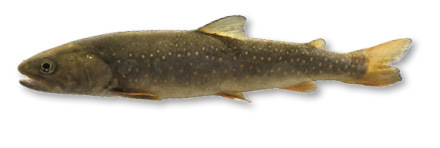
Steelhead

Steelhead are ocean-run rainbow trout that run in both summer and winter seasons, returning after one to three years at sea.
Kokanee
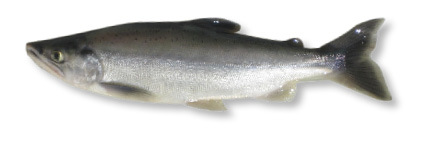
The non-anadromous (non-migrating) form of sockeye salmon. They have blue backs and silver sides and unlike other salmon and trout, except chum salmon, sockeye and kokanee lack distinct dark spots on their backs and tail fins. In addition, when compared to other trout, they have finer scales, larger eyes, and a deeply forked tail.
Dolly Varden
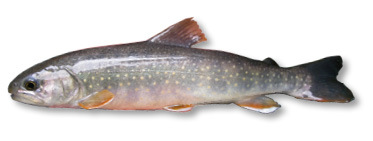
These fish are olive green to brown above and on the sides with no wormlike markings. There are cream or pink spots. The tail is slightly forked. Dolly Varden are typically smaller and are only found in a few headwater streams in Western Washington. Bull trout have a longer jaw and are found in Eastern and Western Washington and may also be encountered in marine waters. Bull trout/Dolly Varden can be distinguished from brook trout by lacking black wormlike spots on their dorsal fins.
Smallmouth Bass
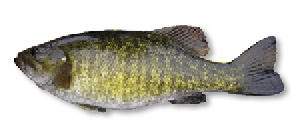
This bass is dark olive to brown on the back with a white belly. The sides are bronze and have dark vertical bands. The small jaw does not extend behind the eyes.
Channel Catfish
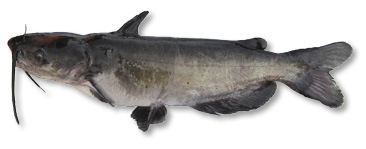
The body goes from blackish to silvery to white on the sides. There may be some small irregular spots on the sides. Its skin lacks scales. It has cat-like black barbels on the mouth and jaw, a flat head, and forked tail.

